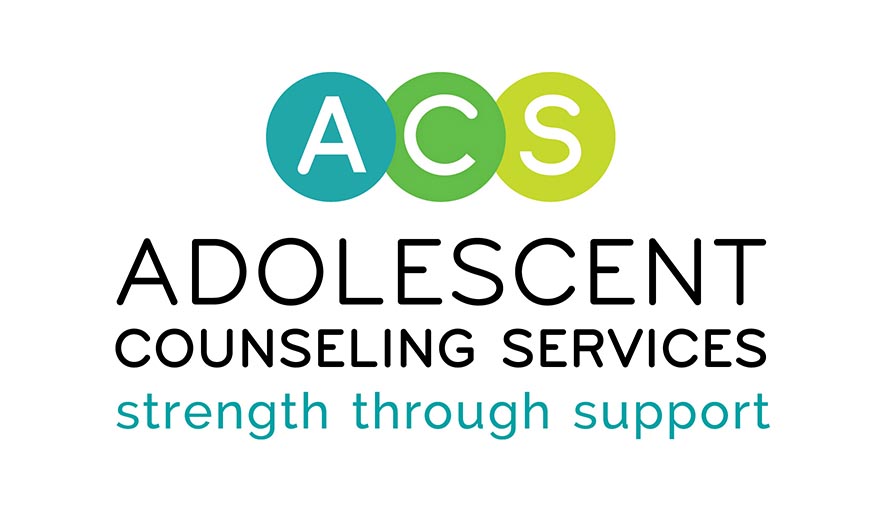Is it sadness or depression? How to tell the difference (Part 1)
Excerpt from “99 Tips for Talking with Your Teenager“
Tip #36: If you are concerned, call a professional, such as ACS, to get an opinion. Professionals can help you because of their experience and because they are more removed from the problem than you as a parent.
Commentary from Margaret Murchan, LCSW:
Teenage depression is much in the news lately. The FDA has been asked to change its warning label regarding suicide on all of the anti-depressants. The percentage of those who actually commit suicide is a very small fraction of those who are depressed, nevertheless, it is a frightening thought for parents.
So, how do we tell the difference between “within the range of normal” sadness and depression? First we need to start with the developmentally appropriate range of feeling for a teenager. To quote the medical encyclopedia, for normal teenagers we can expect “sensitivity and concern over body issues, excruciating comparisons between oneself and peers, acts of rebellion, conflict with parents, risk-taking behavior, increased risk for depression due to pressures and conflicts that may arise within families or in friendships. If adolescents appear to be isolated from peers, disinterested in school, or deteriorating in performance in school, work, or sports, psychological evaluation may be necessary.”
That was quite a mouthful, but, as you can see, there is quite a broad range of normal for teenagers. The issues come about in the gray areas. Someone who is exhibiting extreme behaviors is easy to identify. It is when we are unsure that it becomes more difficult. The major signs of depression are fatigue, heavinesss, listnessness; loss of appetite; difficulty concentrating and completing tasks; feelings of shame, worthlessness, inadequacy and incompetence; lack of sleep; loss of interest in life; withdrawal from friends and family; engaging in self-destructive behavior; expressing desire to harm oneself.
